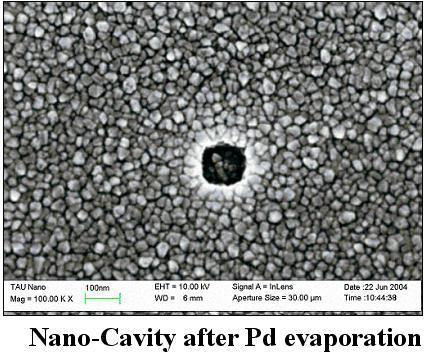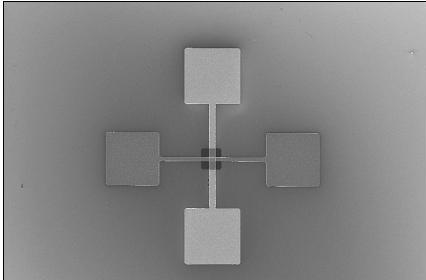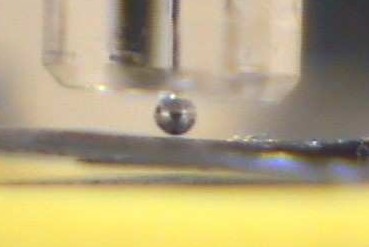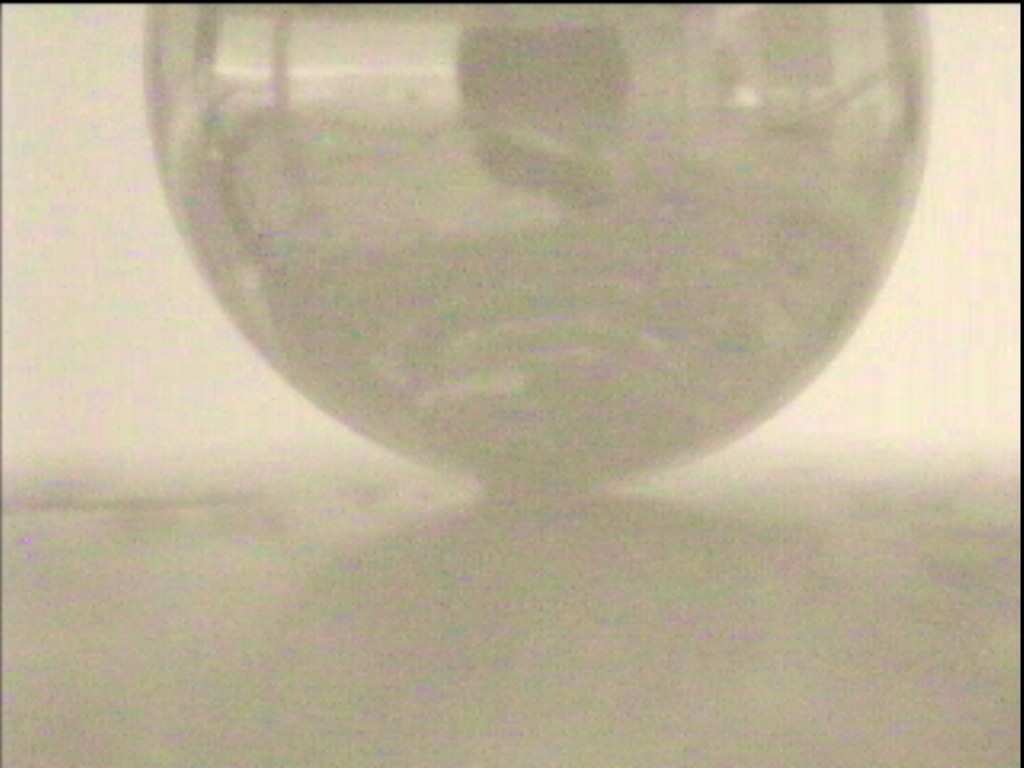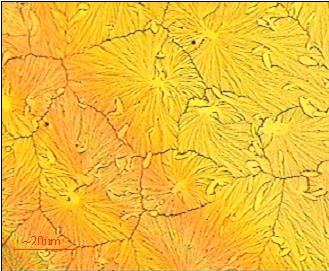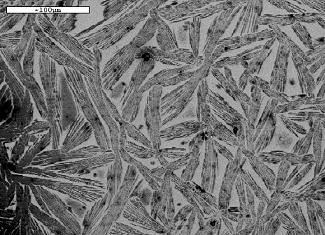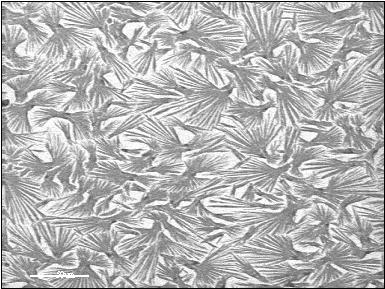Ariel Caster
M.Sc. student.Using vertical architecture, it is possible to establish an area of "standing" molecules, completely encapsulated between two metal electrodes.
The fabrication procedure promise Silicon technology compatibility.
The fabrication process flow consists of a patterned gold layer, as a bottom electrode, Si3N4 layer as a dielectric platform, nano-cavities (50nm X 50nm) etched into the Si3N4 layer at the center of the electrode.
Subsequently, thiolated molecules are self-assembled onto the bottom surface of the nano-cavities.
The next step is a selective deposition of gold nanoparticles (GNPs) on the top-side of the molecular layer, acting as the metallic contact.
The final step is a "delicate" indirect deposition and patterning of a palladium top electrode.
This device architecture provides a scientific precedence for future implementation in molecular electronic circuits, as well as a platform for molecular transistors.

